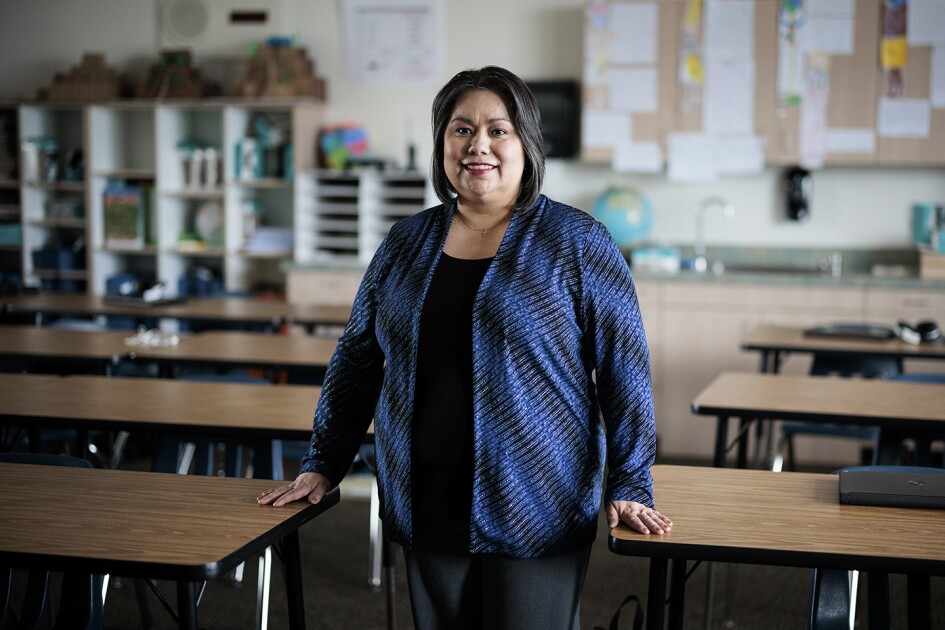Teacher Qualification, Opportunity Gap, and National Achievement in 46 Countries
In a comparison of 46 countries, the United States ranked 42nd in its ability to provide equity in the distribution of high-quality math teachers to low- and upper-income 8th graders, according to a report by a team of researchers from the University of Missouri-Columbia and Pennsylvania State University in University Park.
The researchers found that in the United States, 68 percent of upper-income students in 8th grade had high-quality math teachers, compared with 53 percent for low-income students. That gap of 15 percentage points was significantly higher than the average gap for all countries of 2.5 percentage points, the study found. Even though it has a smaller percentage of highly qualified teachers in total, Ghana ranked number one in the study for addressing the quality gap because it actually has a higher percentage of low-income students, 38 percent, being taught by highly qualified teachers than upper income students, 25 percent.
The criteria for being defined in the study as a highly qualified mathematics teacher are three years of teaching experience, full certification, and a college major in math or math education. Countries with large percentages of high-achieving students in math typically had higher percentages of highly qualified teachers, the authors found.
The study also found that 30 percent of U.S. 8th grade math teachers had not majored in math or math education, compared with an average of 13 percent of teachers in all 46 countries who lacked a math major.
The analysis of the data was based on the 2003 Trends in International Mathematics and Science Study, a study administered by the International Association for the Evaluation of Educational Achievement, based in Amsterdam. The U.S. Department of Education uses the study data to examine U.S. students’ progress in math and science.







